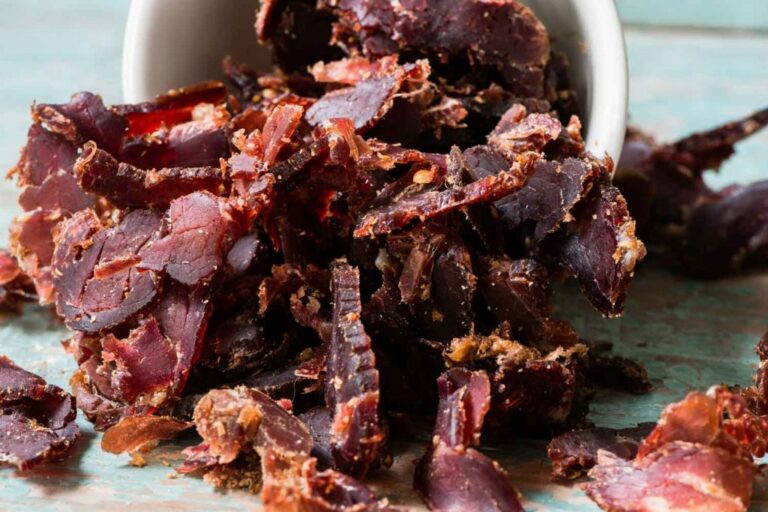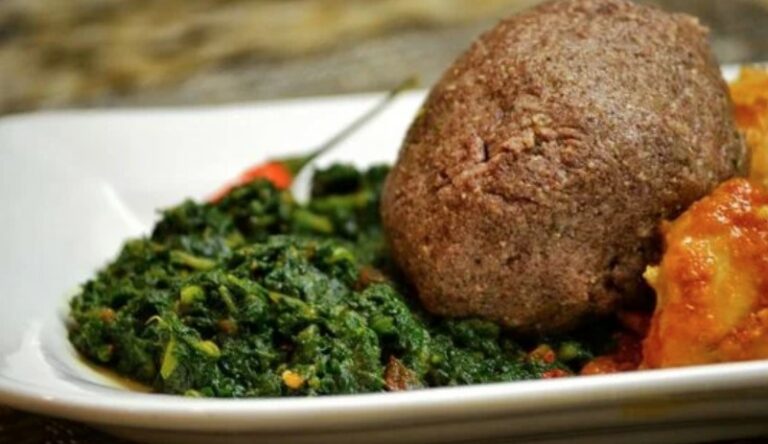Introduction: Namibian Cuisine
Namibia is a country located in Southern Africa, and it is known for its vast deserts, diverse wildlife, and rich cultural heritage. Namibian cuisine is a reflection of the country’s unique geography, history, and culinary influences. It features a blend of indigenous ingredients, European flavors, and traditional cooking methods. Namibian cuisine is characterized by its hearty stews, grilled meats, and seafood.
Game Meat in Namibia
Game meat is a significant part of Namibian cuisine, and it is widely consumed across the country. The abundance of wildlife in Namibia has made game meat readily available and affordable. Game meat is also a source of income for many Namibians who engage in hunting and game farming. Game meat is considered a delicacy and a symbol of Namibian heritage, and it is often served during special occasions and celebrations.
Popular Game Meat Dishes
Some of the popular game meat dishes in Namibian cuisine include venison stew, grilled kudu steak, biltong, and potjiekos. Venison stew is a hearty and flavorful dish made with chunks of game meat, potatoes, onions, and carrots. Grilled kudu steak is a succulent and tender cut of meat that is often marinated in spices and served with a side of pap, a traditional cornmeal porridge. Biltong is a type of dried and cured game meat that is similar to jerky. Potjiekos is a stew made with various types of game meat, vegetables, and spices, and it is cooked in a cast-iron pot over an open fire.
Types of Game Meat
Namibia has a diverse selection of game meats available, including kudu, oryx, springbok, wildebeest, ostrich, and eland. Kudu is a type of antelope with tender and lean meat that is high in protein and low in fat. Oryx is a large antelope with tender and flavorful meat that is often used in stews and roasts. Springbok is a small antelope with a delicate and mild flavor that is commonly used in biltong and sausages. Wildebeest is a large mammal with lean and tender meat that is often used in potjiekos. Ostrich is a flightless bird with lean and healthy meat that is used in various dishes, including burgers and sausages. Eland is the largest antelope in Namibia, and it has tender meat that is similar to beef.
Nutritional Value of Game Meat
Game meat is a rich source of high-quality protein, omega-3 fatty acids, and essential vitamins and minerals. Game meat is typically leaner and lower in fat than traditional meats like beef and pork, making it a healthier option. Game meat is also free of antibiotics, hormones, and other additives commonly found in commercial meats. Game meat is an excellent source of iron, zinc, and vitamin B12, which are essential for maintaining a healthy immune system and promoting overall well-being.
Conclusion: Game Meat in Namibia’s Culinary Culture
Game meat is an integral part of Namibian cuisine and culture. It is a symbol of the country’s heritage, and it provides a valuable source of nutrition and income for many Namibians. Game meat dishes are not only delicious but also nutritious and healthy. They offer a unique culinary experience that cannot be found anywhere else in the world. If you ever have the chance to try game meat dishes in Namibia, do not hesitate to indulge in the flavors and traditions of this beautiful country.




